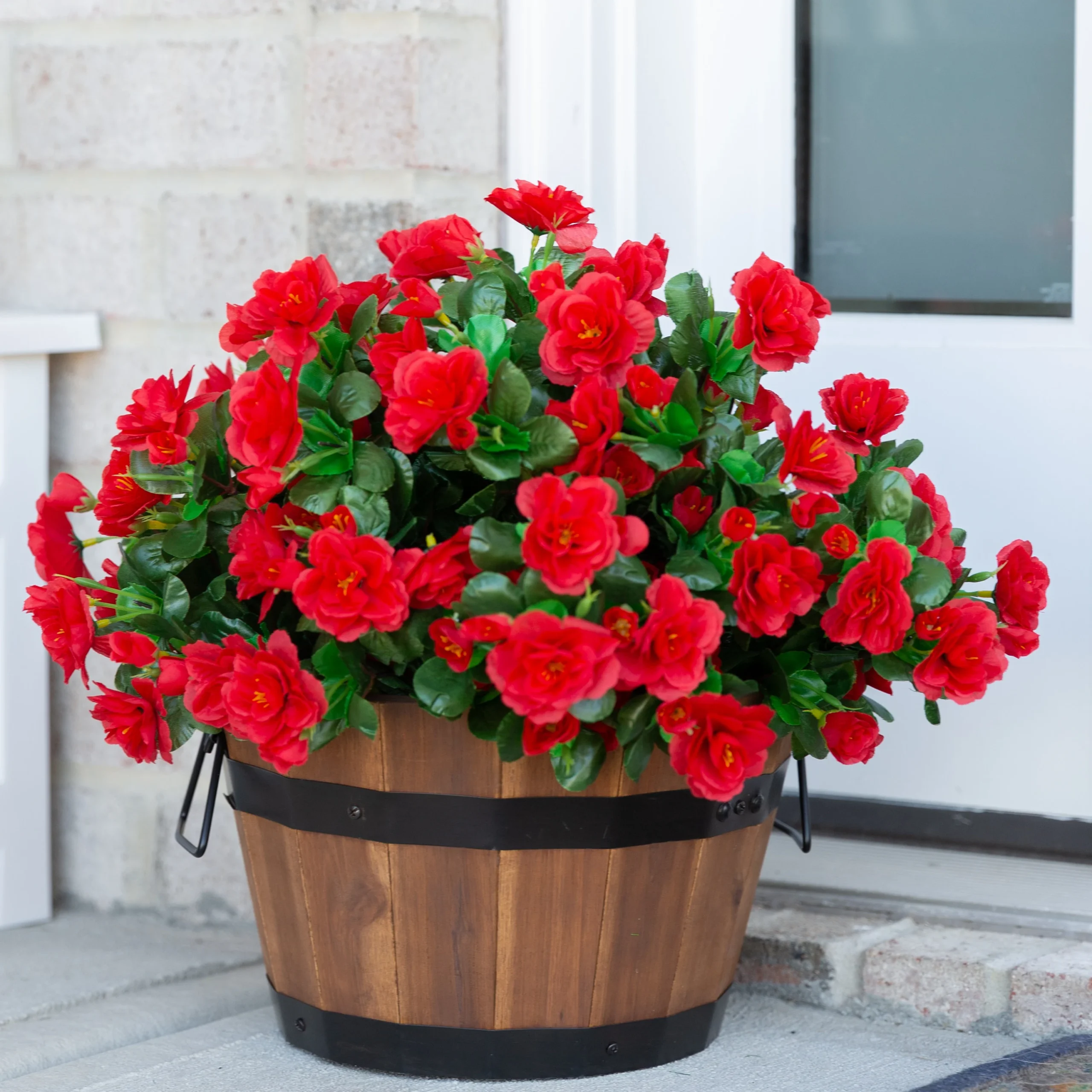Container Plants; Container gardening is a delightful way to enhance your outdoor spaces, regardless of how small or large they may be. It allows for creativity, flexibility, and a unique opportunity to showcase seasonal plants that can add vibrant colors and textures to your environment. In this article, we’ll explore the 18 best container plants to consider for each season, helping you curate stunning arrangements that will elevate your gardening game.
Best Container Plants for Spring
Spring is a time of renewal and growth, making it the perfect season to introduce colorful blooms and fresh foliage to your outdoor spaces.
1. Pansies
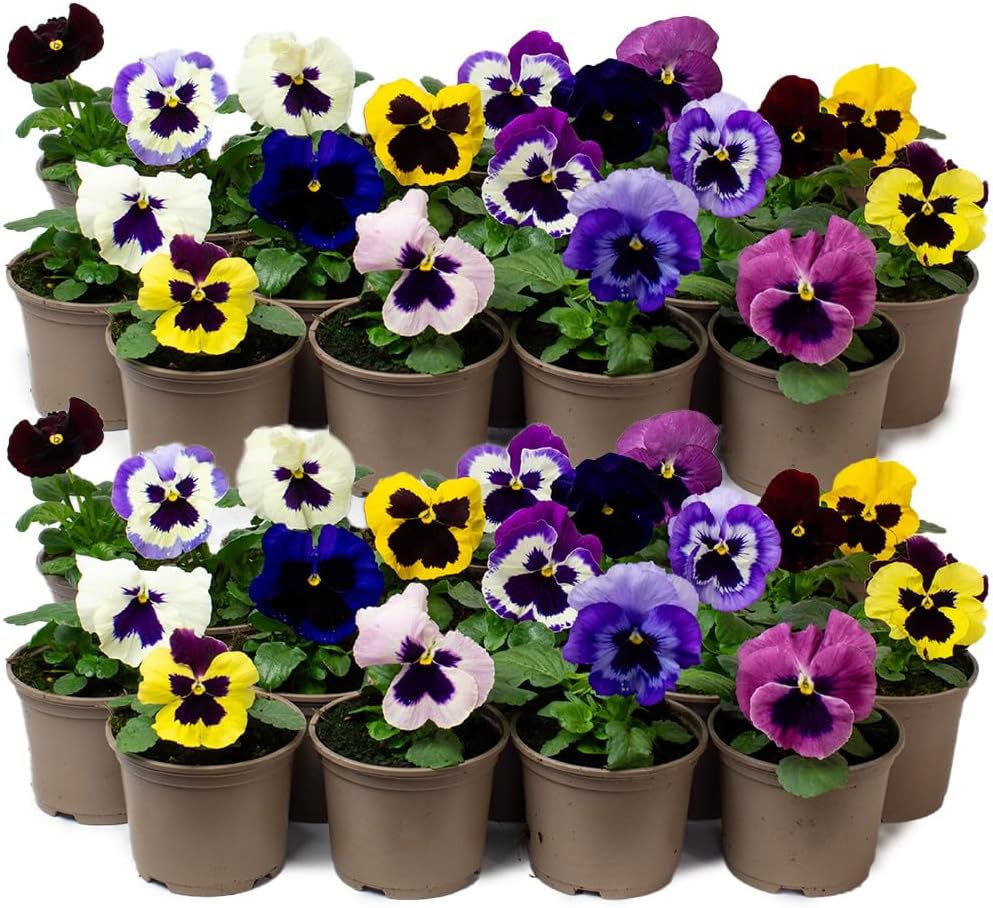
Pansies are a classic spring favorite, known for their cheerful, large blooms in a variety of colors. They thrive in cool temperatures, making them perfect for early spring planting. Pansies are also relatively low-maintenance and can tolerate light frosts.
In addition to their vibrant hues, pansies are edible and can be used to garnish salads and baked goods. Their subtle fragrance adds another layer of charm to your garden. Pansies thrive when planted in well-drained, fertile soil and benefit from regular watering. They’re also great companions for spring bulbs like tulips and daffodils. With proper care, these cheerful flowers can continue blooming well into early summer.
2. Snapdragons

Snapdragons bring a vertical element to your containers with their tall, spiky flowers. They come in a range of colors and can add height to your arrangements. Snapdragons prefer well-drained soil and full sun, making them ideal for sunny spots.
Snapdragons not only add height but also bring a touch of nostalgia, often reminding gardeners of classic cottage-style landscapes. These flowers attract pollinators such as bees and hummingbirds, contributing to a healthier garden ecosystem. Deadheading faded blooms encourages new growth and extends the blooming season. Snapdragons can be combined with shorter, spreading plants for a layered effect. Their upright structure also makes them ideal for the center of container groupings.
3. Lobelia
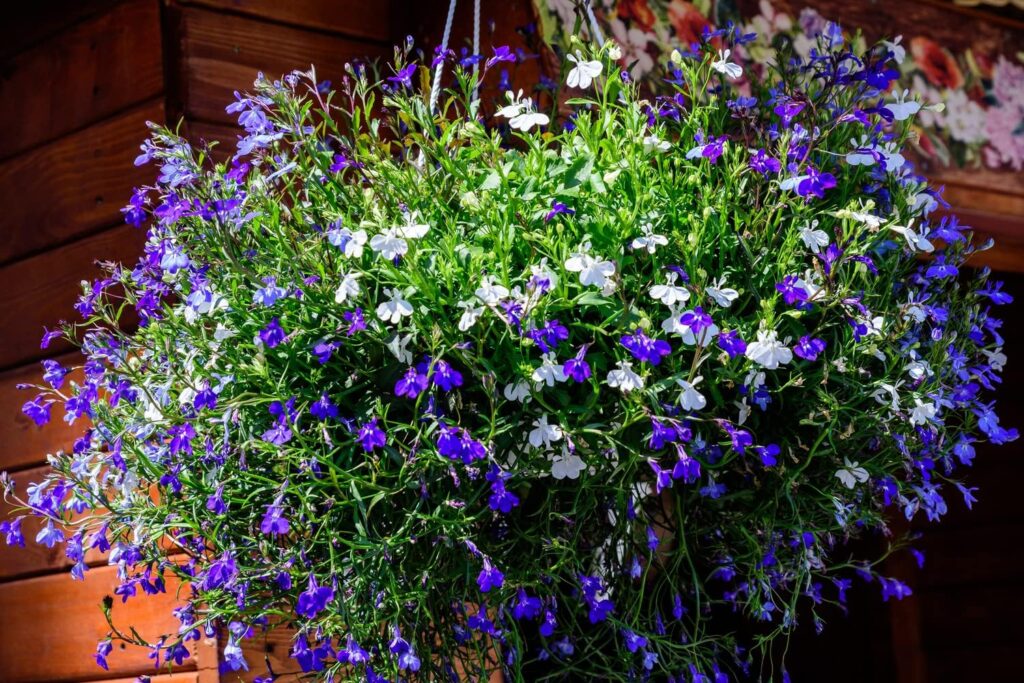
With its cascading habit and vibrant blue flowers, Lobelia is a stunning choice for hanging baskets or mixed containers. It thrives in partial shade and adds a delicate touch to your spring displays. Regular deadheading encourages continuous blooming.
Lobelia’s airy appearance makes it a perfect filler plant, complementing bolder blooms in mixed arrangements. It works beautifully in window boxes and tiered containers. Lobelia is also deer-resistant, making it a good choice for outdoor spaces prone to wildlife visits. During hot weather, it may experience a lull but can bounce back with a trim and consistent moisture. Its blue variety pairs especially well with white and yellow flowers for a classic spring palette.
4. Calibrachoa (Million Bells)
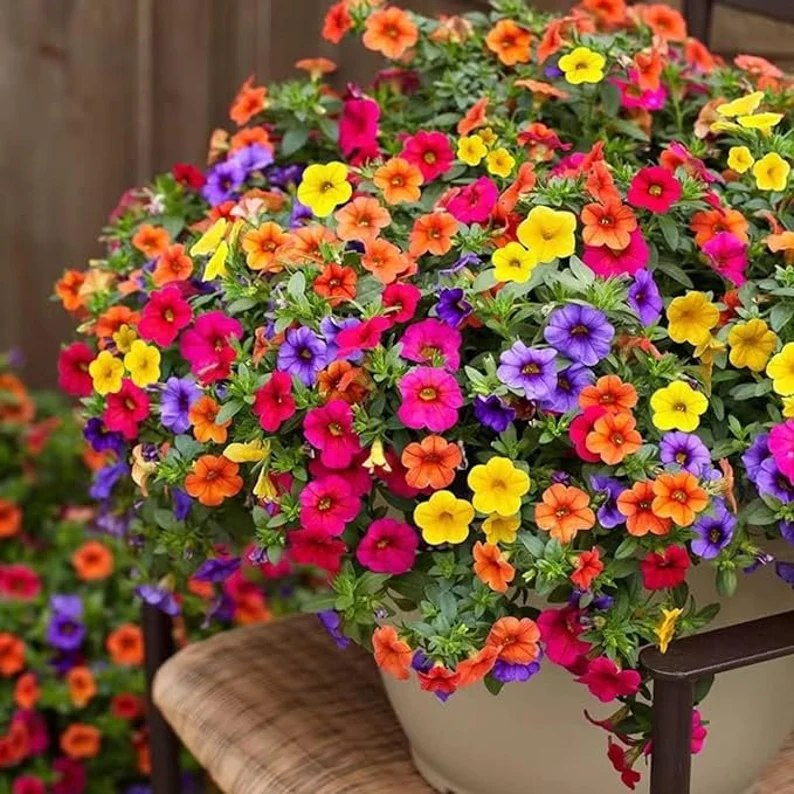
Calibrachoa, often referred to as Million Bells, produces small, petunia-like blooms that cover the plant in vibrant colors. These low-growing plants are perfect for containers and thrive in full sun, making them excellent for cheerful spring arrangements.
Million Bells are self-cleaning, which means you won’t need to deadhead them frequently to maintain their lush appearance. These plants are ideal for hanging baskets where their blooms can cascade over the edges. Calibrachoa attracts hummingbirds and butterflies, adding life to your garden. They prefer slightly acidic soil, so using a fertilizer designed for acid-loving plants can enhance growth. Despite their delicate appearance, they are surprisingly hardy and long-lasting.
Best Container Plants for Summer
As the temperatures rise, vibrant summer plants can bring life and color to your garden.
5. Geraniums
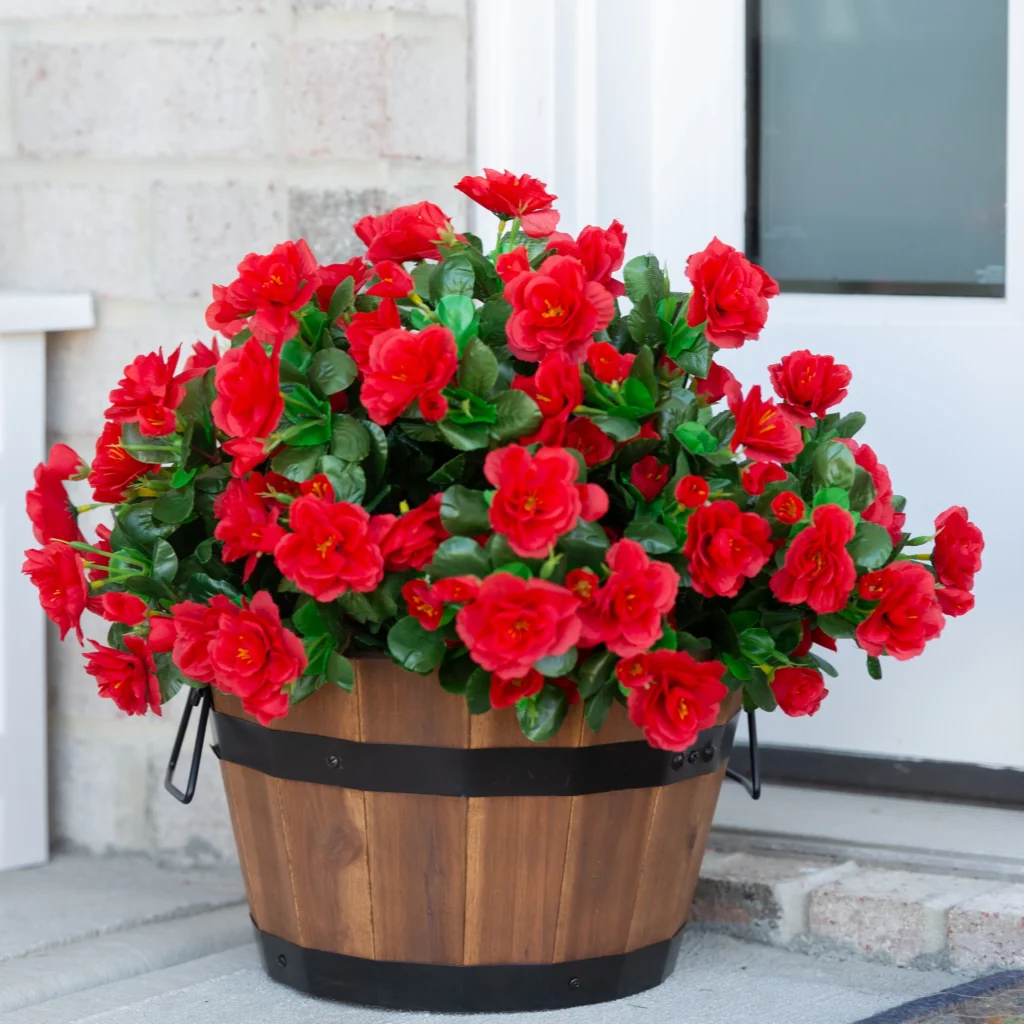
Geraniums are among the most popular summer container plants. Available in a wide array of colors, they are known for their resilience and ability to thrive in sunny spots. With regular deadheading, geraniums will provide blooms throughout the summer.
Geraniums are drought-tolerant once established, making them great for sunny patios and balconies. They come in both upright and trailing varieties, allowing for versatile design. Their aromatic leaves can help repel pests like mosquitoes. Geraniums also pair well with other summer staples like verbena and lantana. A monthly dose of balanced fertilizer can keep them blooming abundantly.
6. Petunias
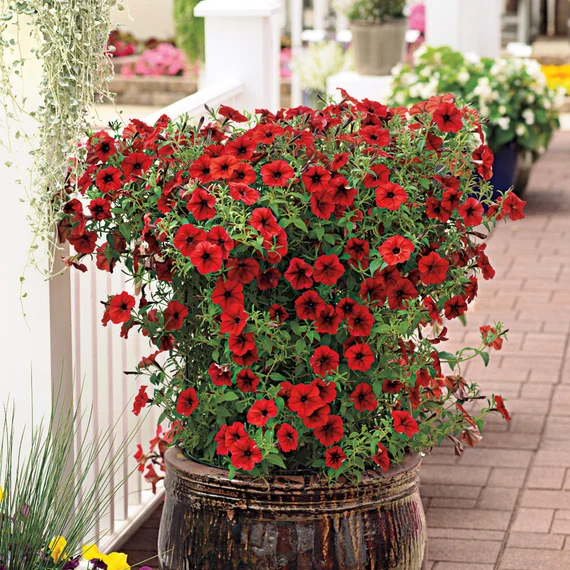
Petunias are renowned for their vibrant colors and fragrant blooms. They can handle the heat of summer and are perfect for containers. Choose from trailing or upright varieties to create stunning arrangements that bloom all season long.
Petunias are available in wave, grandiflora, and multiflora varieties, each offering different growth habits to suit your container style. They are fast growers and bloom heavily when regularly fed with a water-soluble fertilizer. Petunias can be pinched back to encourage bushier growth and fuller displays. Their vibrant petals are slightly sticky, which helps them resist light rains. These flowers look stunning in monochromatic groupings or rainbow mixes.
7. Succulents
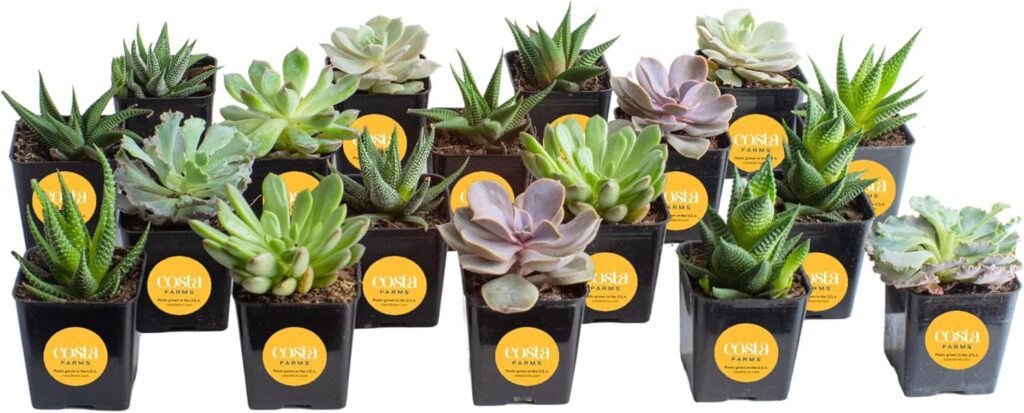
For those seeking low-maintenance options, succulents are an excellent choice. They come in various shapes and sizes, adding unique textures to your arrangements. Succulents prefer well-draining soil and minimal watering, making them perfect for hot summer days.
Succulents thrive in unusual containers like ceramic bowls, driftwood planters, or repurposed tins, giving you creative license with design. Their geometric shapes and varied colors add architectural interest to any arrangement. Overwatering is one of the few ways to damage them, so it’s best to let the soil dry out between waterings. Succulents are also easy to propagate from cuttings, making them economical and sustainable. They pair well with cacti and ornamental stones for a desert-inspired look.
8. Tropical Plants (e.g., Hibiscus)
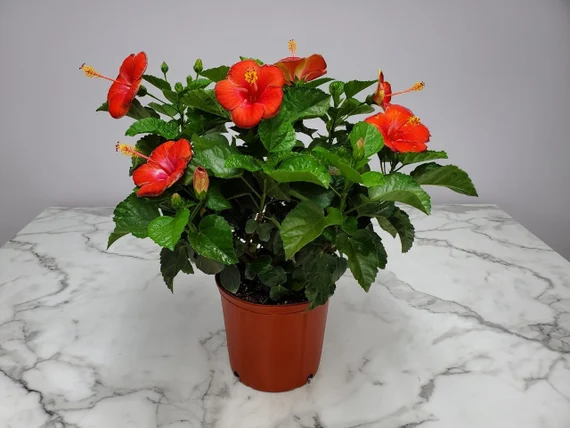
Tropical plants like Hibiscus can transform your outdoor space into an exotic paradise. Their large, colorful flowers can create a stunning focal point in containers. These plants thrive in full sun and require regular watering to keep their vibrant blooms.
Tropical plants bring drama with their bold foliage and oversized blooms. They can be overwintered indoors if you live in a colder climate, allowing you to reuse them year after year. Hibiscus flowers only last a day, but new ones continually emerge during the growing season. These plants benefit from high humidity and should be kept consistently moist. To create a resort-style vibe, pair tropicals with ferns, palms, and colorful containers.
Best Container Plants for Fall
As the weather cools, it’s time to transition to plants that can handle the crisp autumn air.
9. Chrysanthemums (Mums)
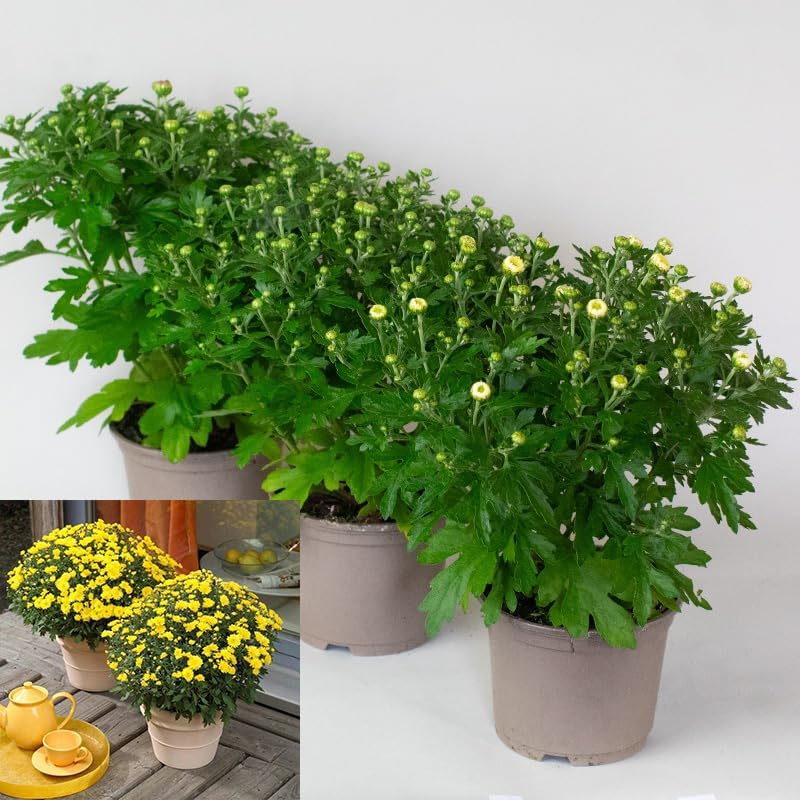
Chrysanthemums are the quintessential fall flowers, known for their bold, rich colors. Available in various shapes and sizes, they can add a touch of seasonal flair to your containers. Mums thrive in full sun and should be watered regularly to encourage robust blooms.
Mums come in early, mid, and late-season varieties, allowing you to stagger bloom times for lasting color. Their dense form makes them ideal for standalone containers or as accent pieces in larger arrangements. Mums are available in various bloom types, including cushion, spider, and pompon forms. Plant them in rich, well-draining soil and feed with a balanced fertilizer for best results. Once their blooms fade, mums can be planted in the ground to return the following year.
10. Ornamental Cabbage and Kale
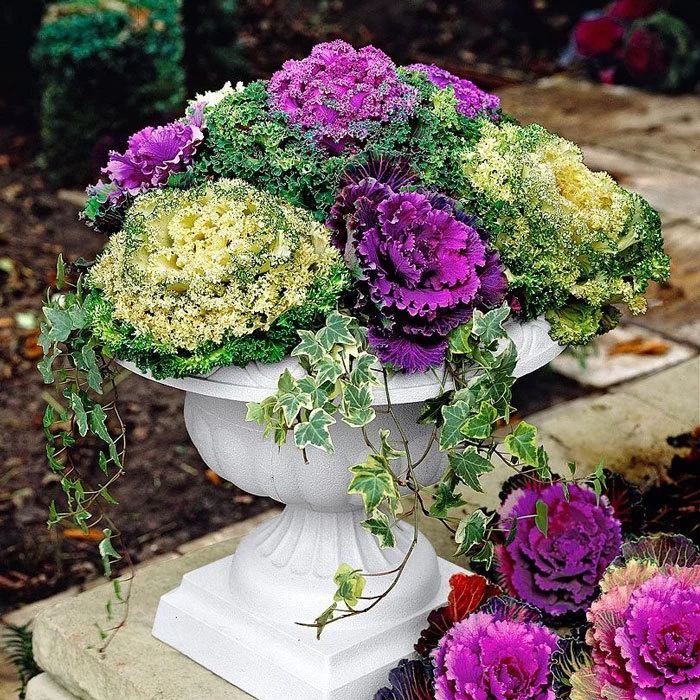
These unique plants add texture and visual interest to fall displays. Ornamental cabbage and kale are not only beautiful but also hardy, making them ideal for cooler temperatures. They thrive in full sun and can withstand light frosts.
These plants develop deeper color intensity as temperatures drop, often displaying shades of purple, pink, and white. While technically edible, they’re grown more for appearance than flavor. They hold up beautifully in frosty weather, extending your display well into late fall. Their ruffled leaves add texture that contrasts nicely with smooth-leaved companions. Use them as focal points in symmetrical or circular arrangements.
11. Asters
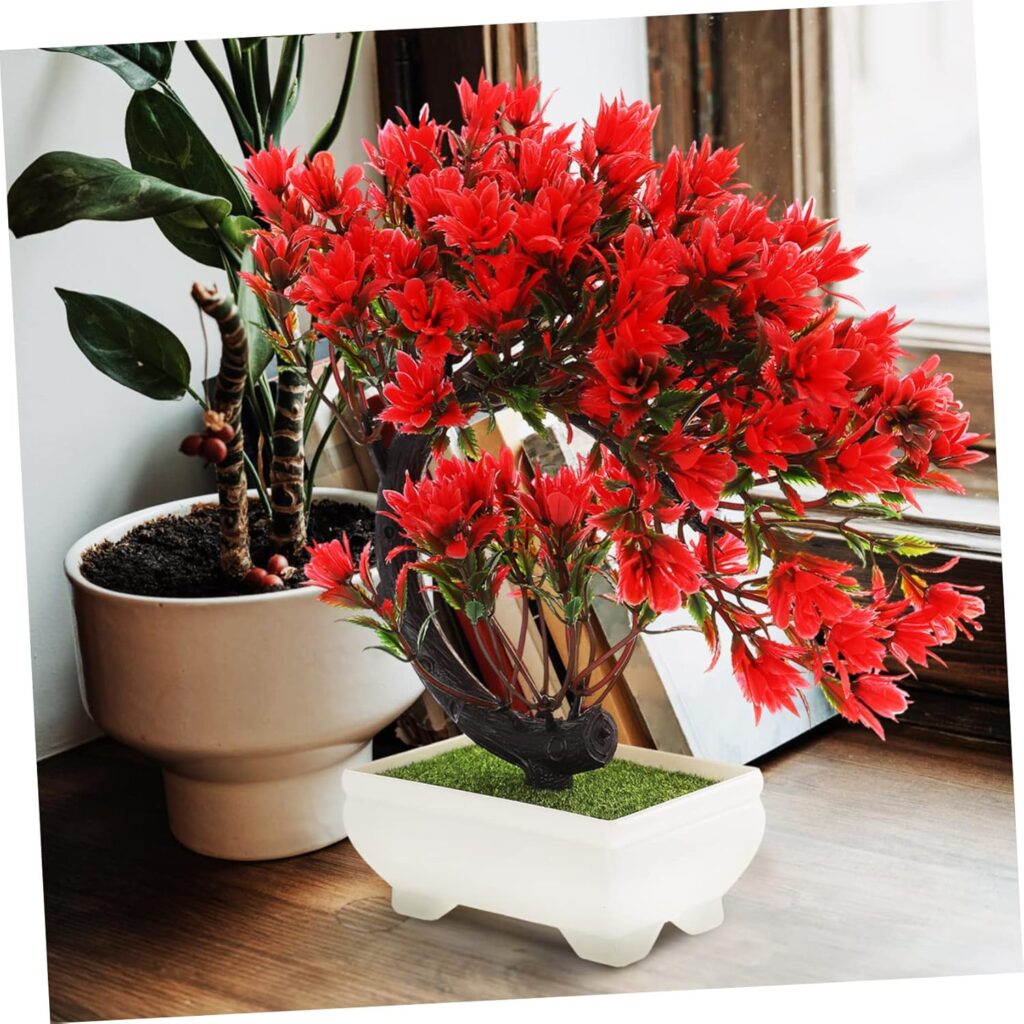
Asters bring a burst of color in late summer to early fall. With daisy-like flowers in various colors, they can brighten up your container gardens as other plants start to fade. Asters prefer well-drained soil and full sun for optimal growth.
Asters are beloved by pollinators, especially bees and butterflies, during the cooler months when fewer blooms are available. They are relatively low-maintenance and can reseed themselves if conditions are favorable. Asters blend beautifully with ornamental grasses and autumnal foliage. Mulching around the base helps retain moisture and protect roots from temperature swings. Their star-shaped flowers create a charming, cottage-garden look.
12. Sedum
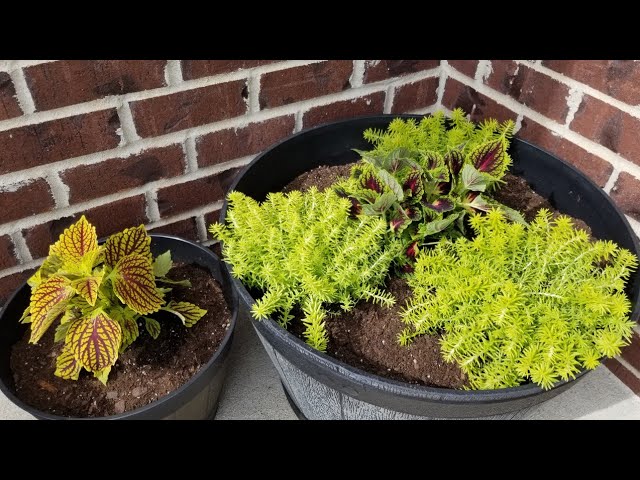
Sedum, or stonecrop, is a succulent that thrives in poor soil and requires minimal watering. Its interesting shapes and textures make it an excellent choice for fall containers. Sedum can handle colder temperatures and offers a unique aesthetic to your arrangements.
Sedum varieties range from creeping ground covers to upright forms like ‘Autumn Joy,’ giving you plenty of design flexibility. Their late-season blooms provide food for pollinators preparing for winter. Sedum looks striking in minimalist arrangements with stones and metal containers. These plants are virtually pest-free and require very little upkeep. Sedum’s fleshy leaves store water, making them a perfect low-maintenance option for busy gardeners.
Best Container Plants for Winter
Winter gardening may seem challenging, but there are several plants that can withstand the cold while still providing beauty.
13. Evergreens (e.g., Boxwood)
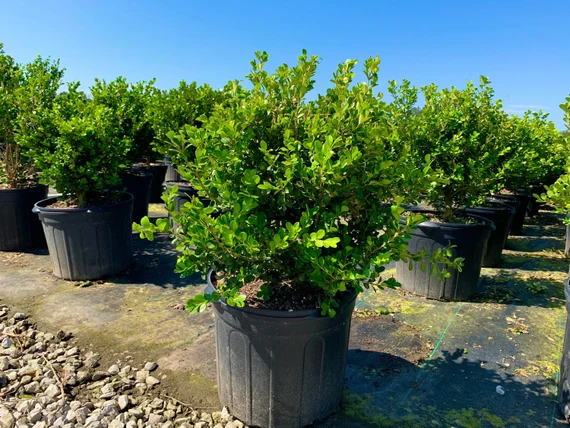
Evergreens like Boxwood are perfect for adding year-round greenery to your containers. They can be shaped and trimmed to fit any design and look stunning when adorned with seasonal decorations. Boxwoods thrive in various light conditions and require minimal maintenance.
Evergreens act as living sculptures in winter arrangements and can be pruned into topiary shapes. Their steady green presence anchors seasonal displays, making them excellent base plants. Add pinecones, ribbons, or fairy lights for holiday-themed containers. They’re hardy in many climates and retain their form even in harsh weather. Boxwoods also grow well in both clay and ceramic pots with good drainage.
14. Winterberry Holly
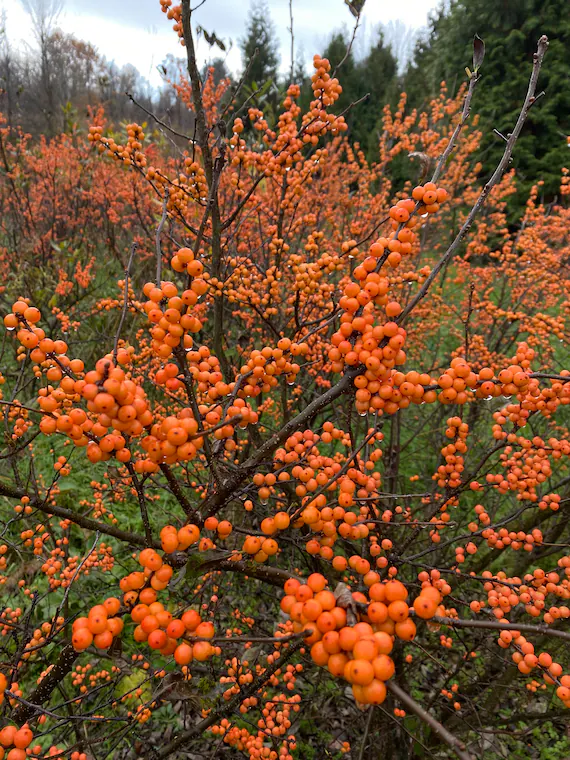
Winterberry Holly is known for its bright red berries that persist through the winter months. This plant provides a striking contrast against the snow and can add vibrant color to your garden. It thrives in full sun to partial shade and requires moist, well-drained soil.
Winterberry Holly’s bare winter branches showcase its berries beautifully, especially against snowy backdrops. Female plants produce berries, so a nearby male plant is needed for pollination. These shrubs attract birds, adding movement and color to your garden. They do best in acidic soil and should be mulched to retain moisture. Prune them in late winter or early spring to encourage healthy growth.
15. Pansies (Again)
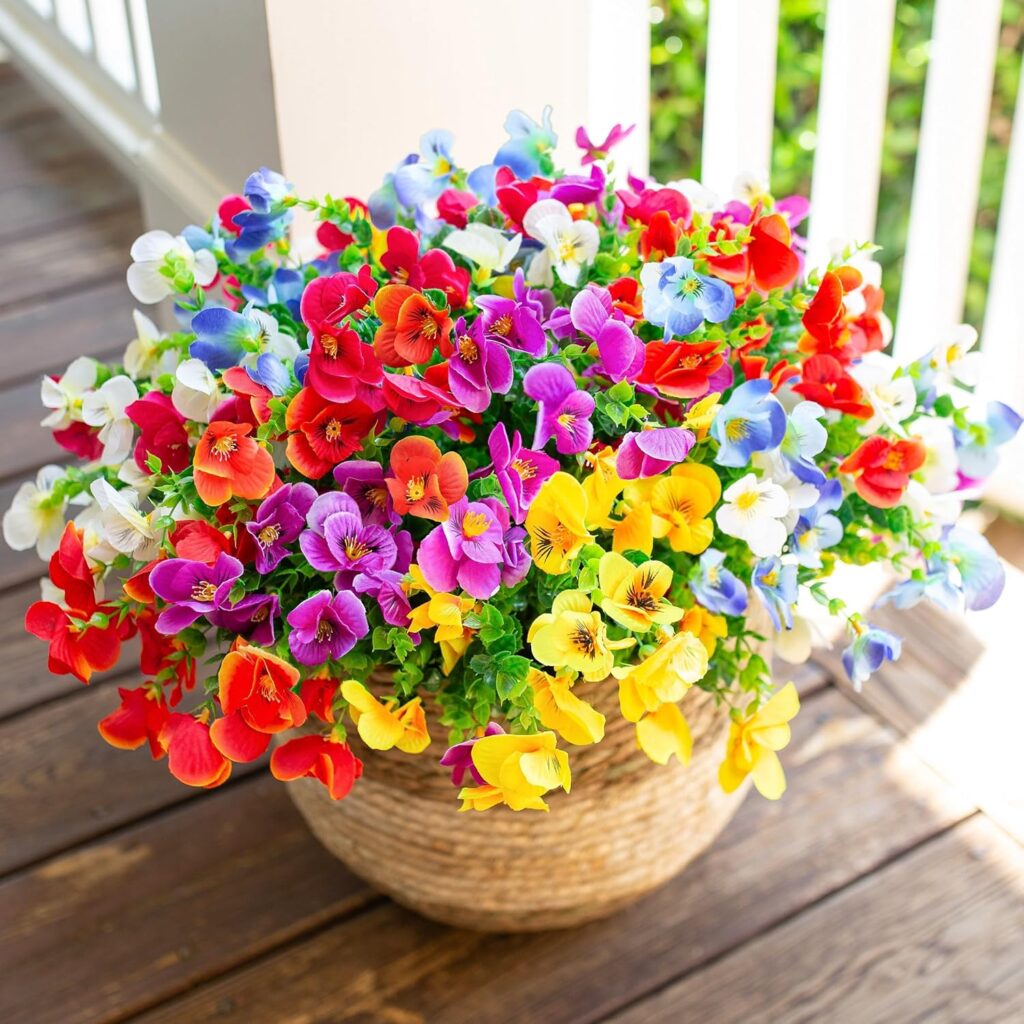
Pansies are surprisingly hardy and can bloom well into the winter months in many regions. Look for winter-hardy varieties that can tolerate colder temperatures. Their cheerful colors can brighten even the dreariest winter days.
In colder climates, pansies planted in fall can survive through winter and re-bloom in early spring. Their compact size makes them ideal for mixing with evergreens and ornamental cabbages. Pansies are resilient and perk up quickly after light snow or frost. Using mulch can help insulate their roots during freezing temperatures. Planting them densely creates a lush carpet of color that’s visually striking.
16. Cyclamen
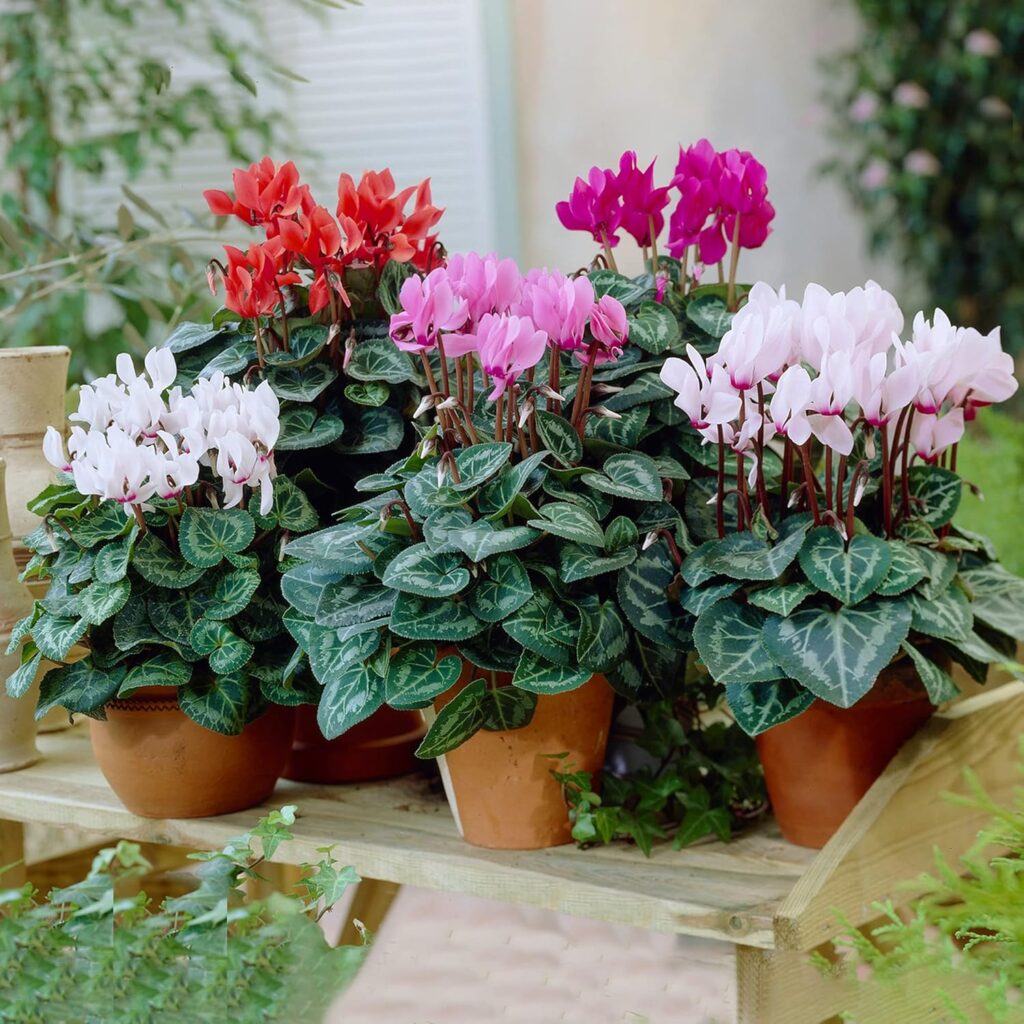
Cyclamen are unique winter bloomers that produce stunning flowers in shades of pink, white, and purple. They prefer cooler temperatures and partial shade, making them perfect for winter container arrangements. Keep the soil slightly moist for optimal growth.
Cyclamen’s marbled leaves add beauty even when flowers aren’t present, offering season-long interest. These plants prefer indirect light and perform best in sheltered outdoor spots. Watering from the base can prevent crown rot, which they’re susceptible to. Cyclamen makes an elegant companion to other shade-loving winter plants like hellebores. Their dainty flowers give off a slight fragrance, especially in the early morning.
Conclusion
Container gardening offers endless possibilities for bringing seasonal beauty to your outdoor spaces. By selecting the right plants for each season, you can create stunning arrangements that evolve throughout the year. Whether you’re drawn to the vibrant colors of spring, the lush foliage of summer, the warm tones of fall, or the hardy resilience of winter plants, there’s a world of options waiting for you.

